Optimization
A very very short introduction
It all starts with a function
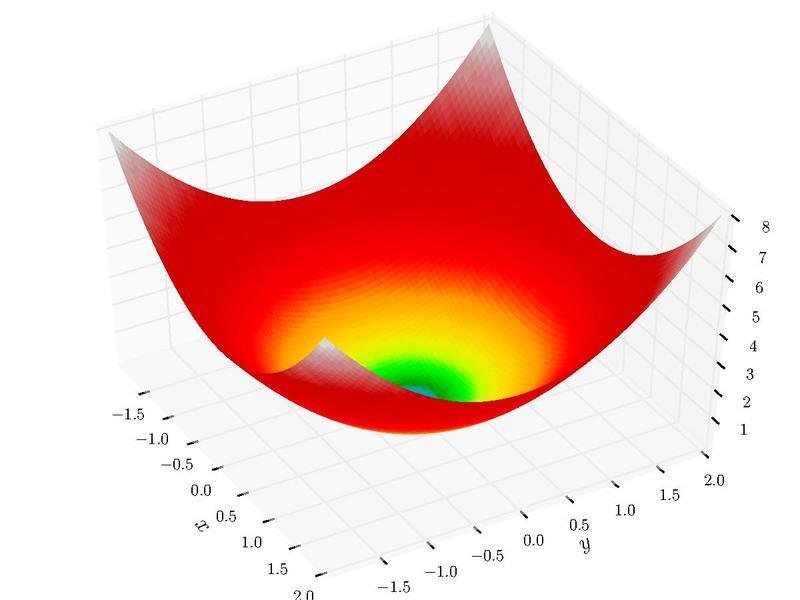
What (x,y) values will minimize my function ?
What can you tell me about your function ?
Convexity

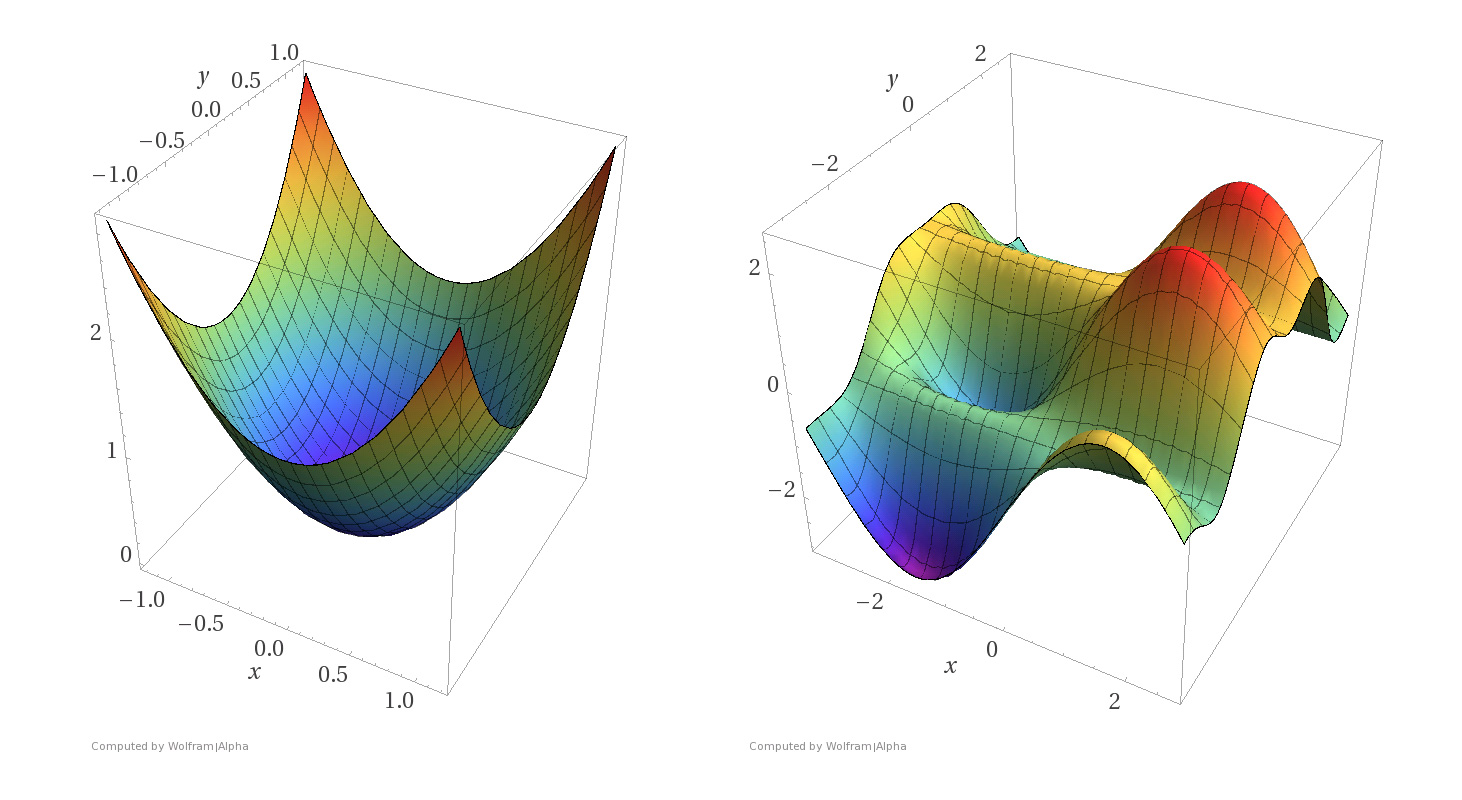
Convexity guarantees a single global minimum
Differentiability

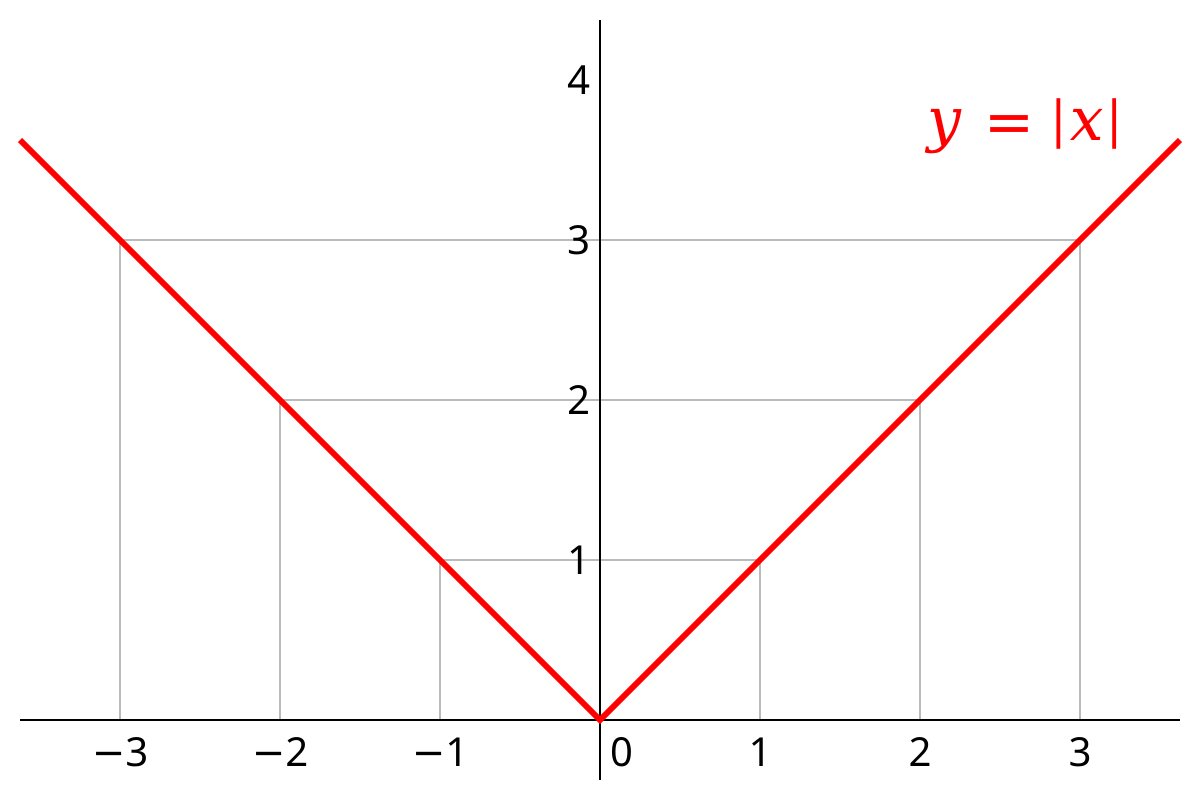
The IDEA BEHIND Gradient Descent

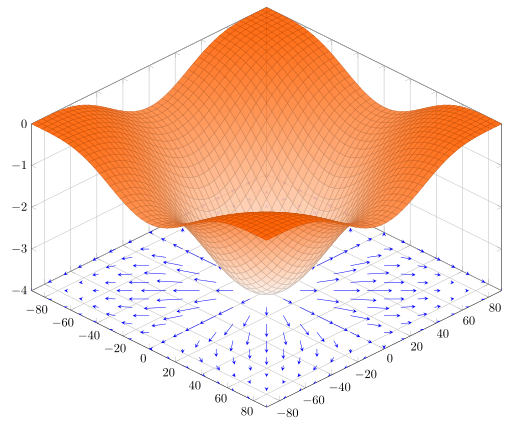
Follow the slope !
Gradient descent algorithm
Start from some point x
- Compute the direction of the gradient
- Take a step in that direction
- Go back to 1
How big of a step should I take?

- Fixed step:
- If \( \nabla f \) is L-lipschitz convergence is guaranteed for \( \mu < 1/L \)
- Line search: \( \min\limits_{\mu > 0} f( x - \mu \nabla f(x)) \)
Let's have a look at scipy.optimize
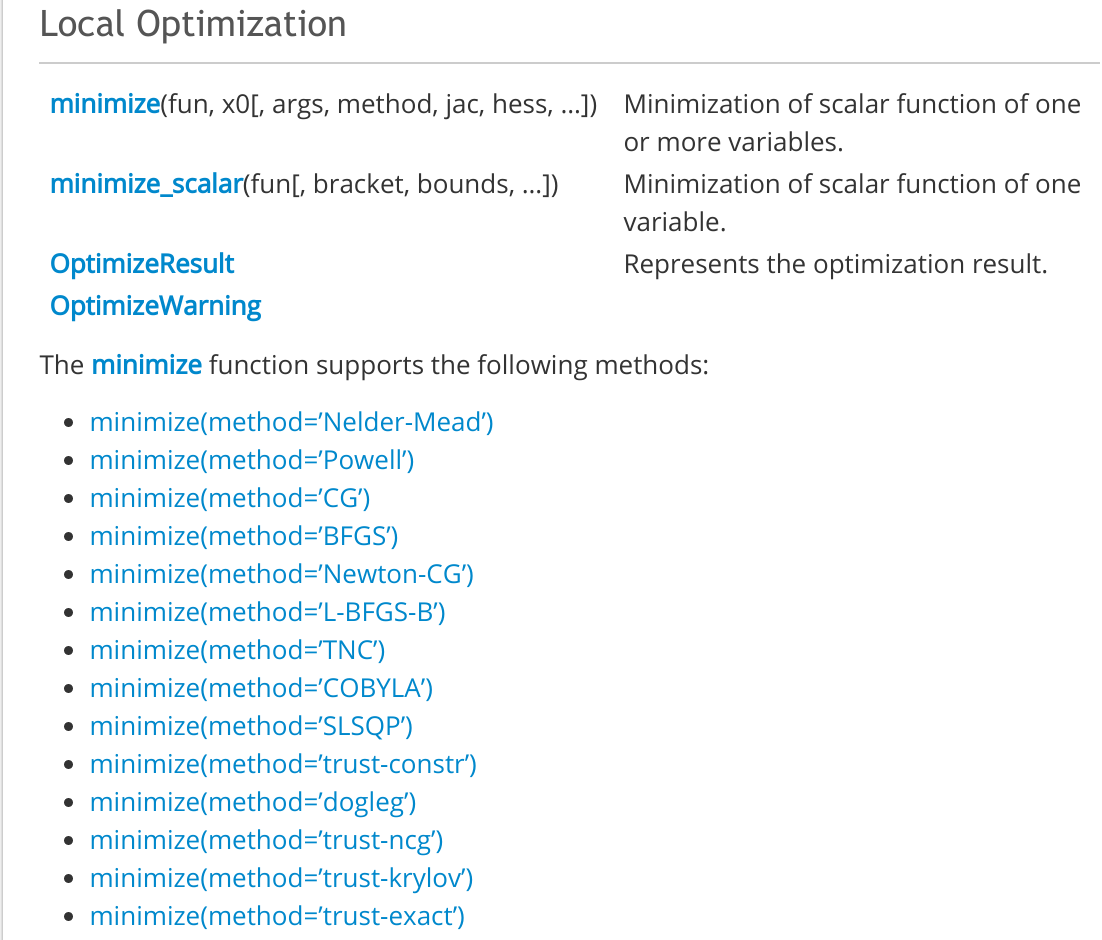
Newton's method

Newton and quasi-newton
$$ x_{n+1} = x_{n} - [ \nabla^2 f(x_n) ]^{-1} \nabla f (x_n) $$
- Newton's update:
Computing and inverting the Hessian can be very costly, quasi-Newton work around it
Why is this useful ?
Deep Neural Networks
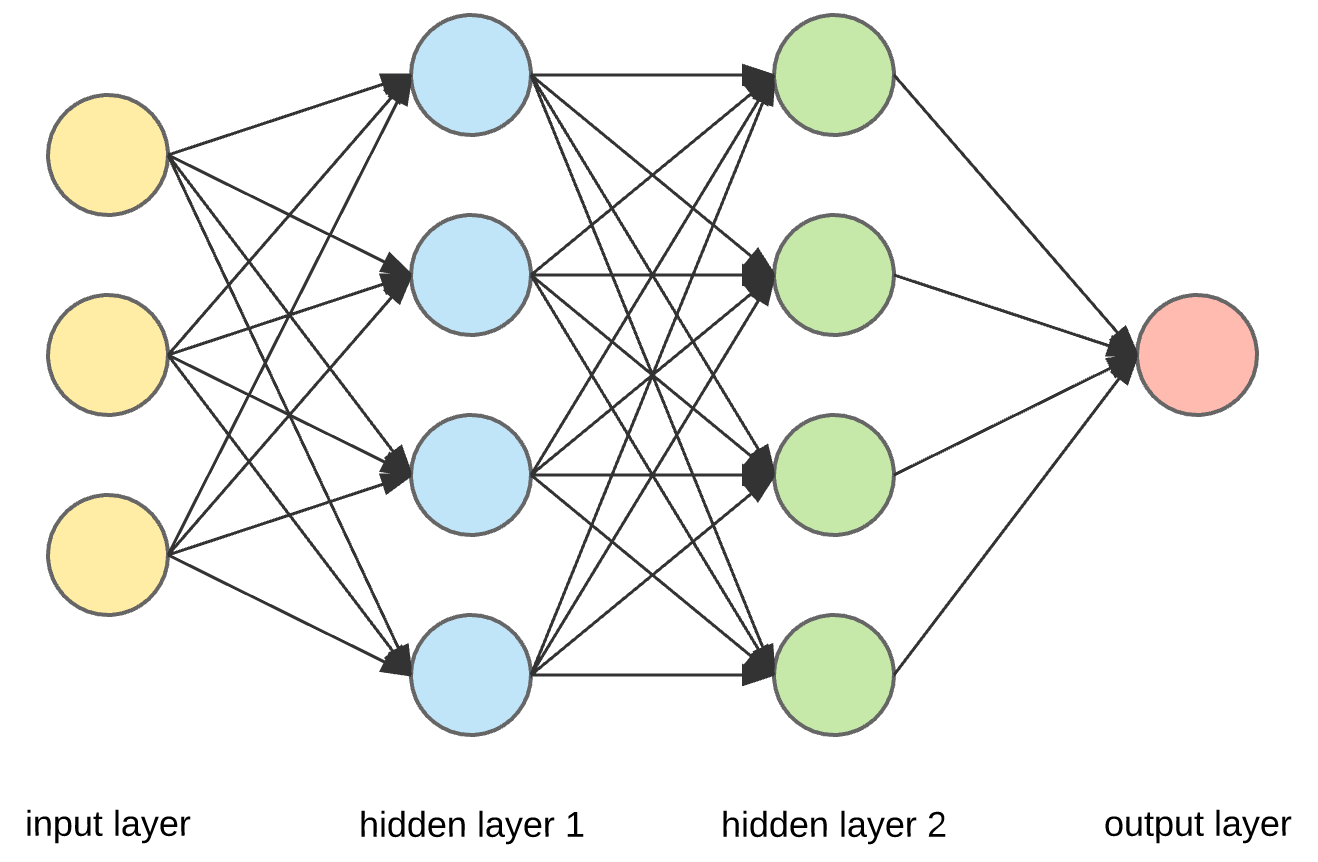
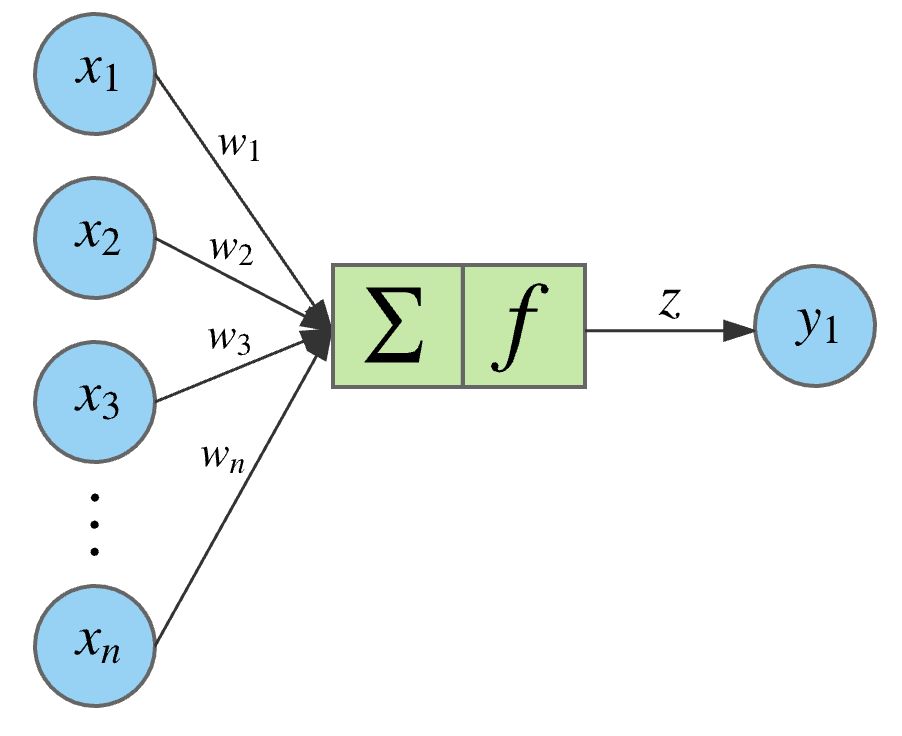
Example loss function for regression:
$$ L = \parallel y - f_{w}(x) \parallel^2 $$
$$ L = \sum\limits_{i=1}^{N} (y_i - f_w(x_i))^2$$
Stochastic Gradient Descent
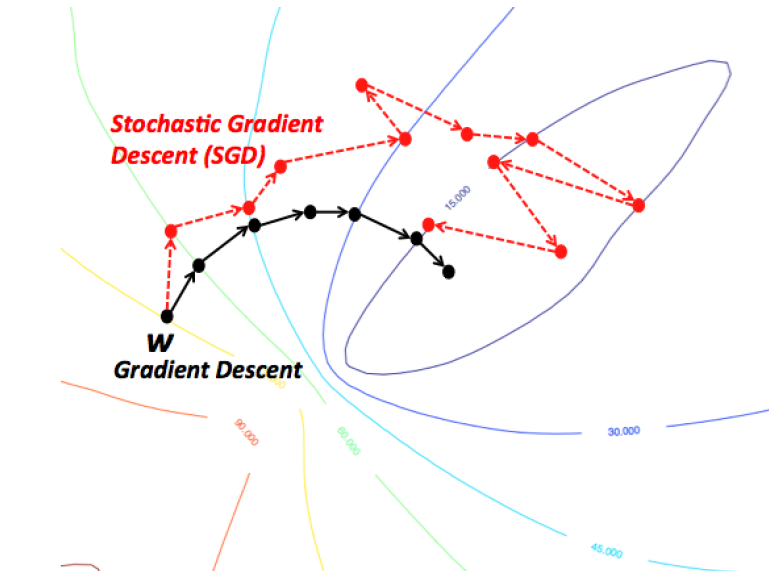
It's not all bad

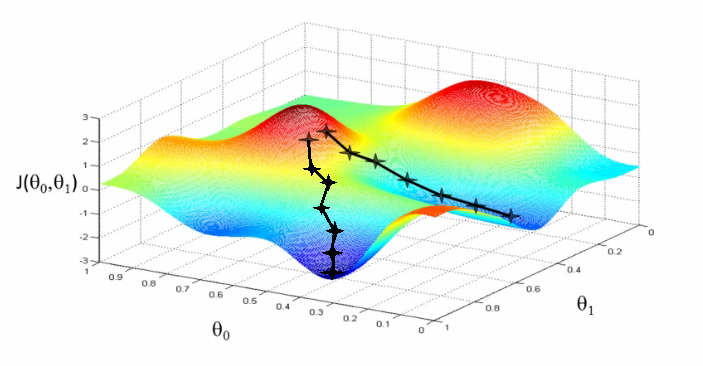
inverse Problems



Deconvolution
Inpainting
Denoising
$$ y = \bm{A} x + n $$
A is non-invertible or ill-conditioned
Regularization
$$ L = \parallel y - \bm{A} x \parallel^2 + R(x) $$



$$ R(x) = \lambda \parallel x \parallel_2 $$
Checkout the numerical tours
Another example



$$ L = \parallel y - \bm{A} x \parallel^2 + R(x) $$
$$ R(x) = \lambda \parallel \Phi x \parallel_1 $$

what i haven't talked about
- Constrained optimization
- Simulated annealing
- NP-Hard problems
- ...
Optimization
By eiffl
Optimization
Practical statistics series
- 1,244



